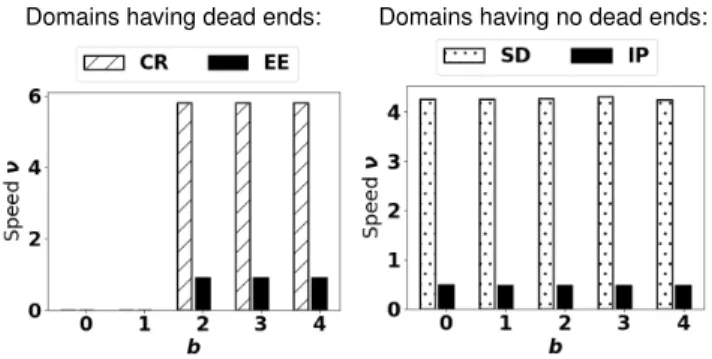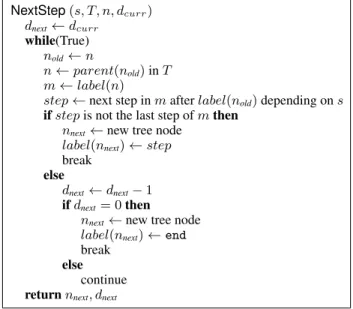Using Operational Models to Integrate Acting and Planning
Texte intégral
Figure




Documents relatifs
Measure each segment in centimeters.. ©c i2Q0y1N1P nK8urtPal kS3oIfLtRwEa0rmeH 6LxLMCm.o m fAAlQla WrqiNgEhxtts4 drUeOsEeir6vje1dV.J U 0MzavdEeD ewDiRtehI
The following tasks of the educational environment in the learning process are among the main ones: the devel- opment of learning resources, support of the educational
The implementation uses different technologies integrated into the GEMOC Studio for implementing the various concerns of the language: Kermeta is used to modularly implement
With finger identification-enabled touch, a similar three-step pattern can be adopted and made universal so that subsequent command selection and manipulation are perfectly merged:
This work is based on the concept of differen- tial flatness for finite dimensional systems intro- duced in (Fliess et al., 1995), which has already been extended to
Each model was a logistic exposure model (built in Program MARK) assessing the relationship between daily nest survival rate (dependent variable) and independent variables
A significant problem for integrating acting and planning is how to maintain consistency between the planner’s descriptive action models, which abstractly describe what the actions
Unlike our approach, those systems model commands as classical planning opera- tors; they both require the action models and the refinement methods to satisfy classical